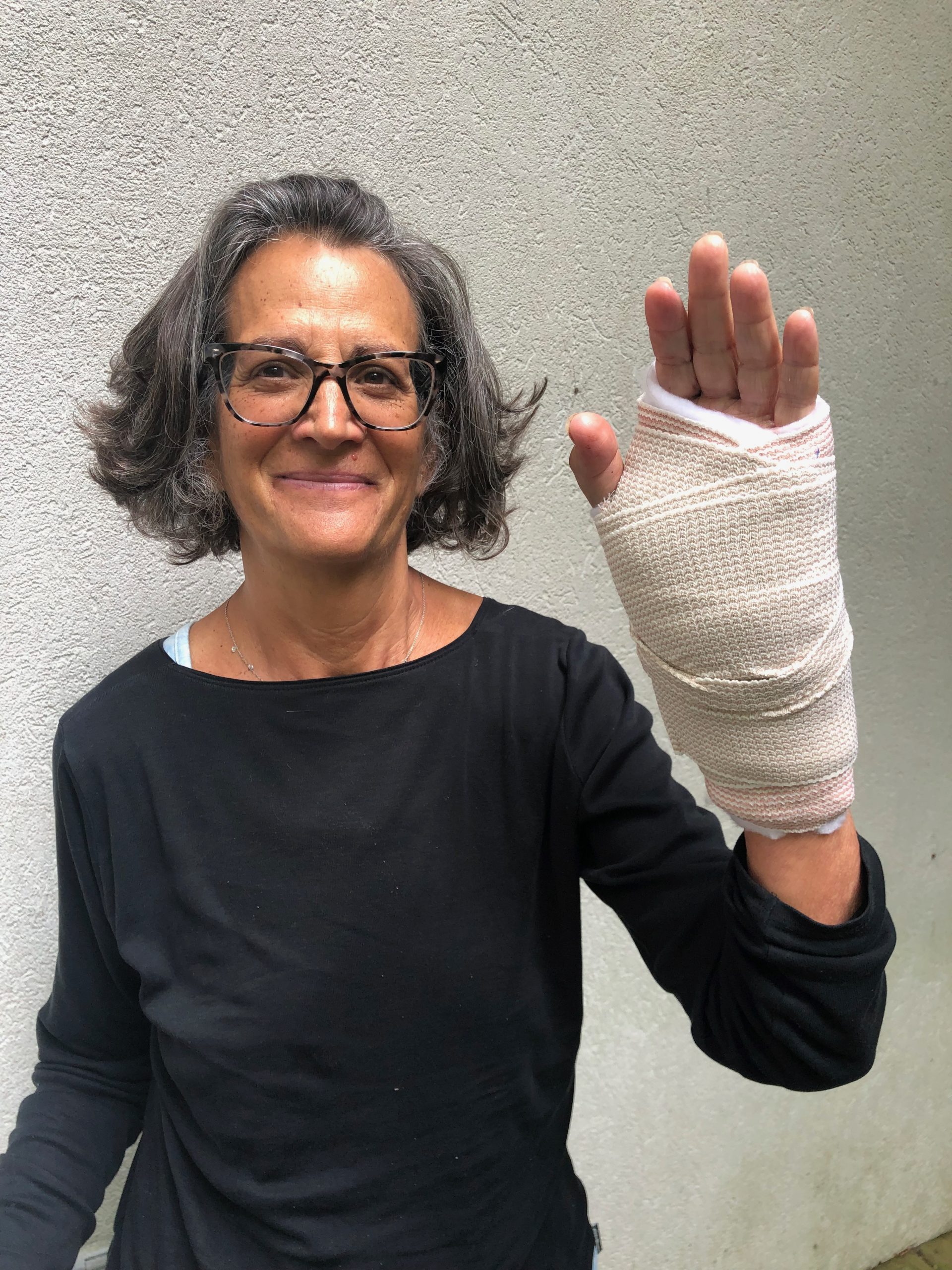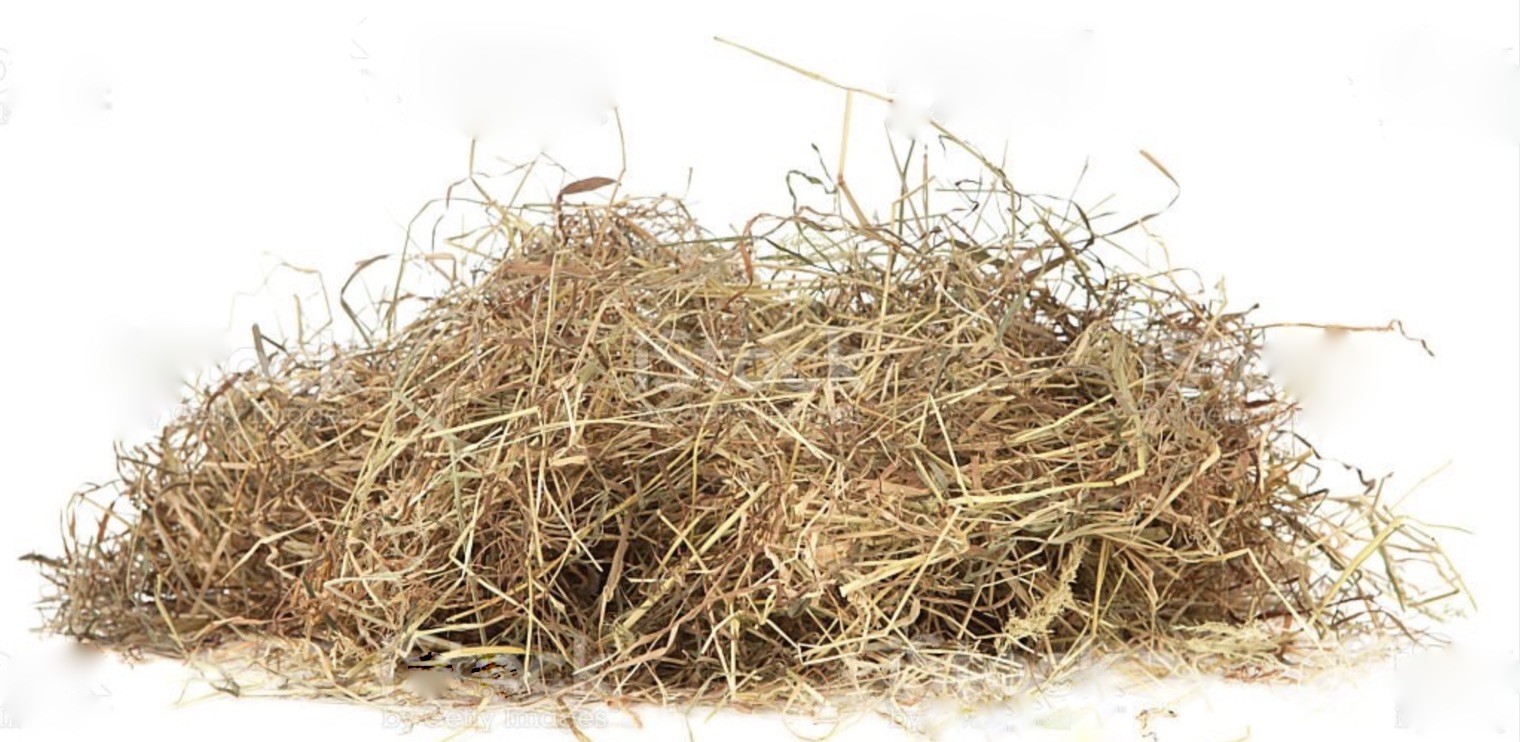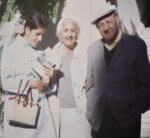
Oops! I had a pretty bad accident in June. I fell onto broken glass.
I have not written a blog post in a while (since March) and part of the reason is that, for a while, I could not type. A trip to the emergency room, six hours and fourteen stitches later, I was back home with bandages, pain meds and a long healing road ahead. Fortunately our local teaching hospital has top hand specialists, and all summer I have been working with a Physical Therapist Angel named Hannah. Lately I have backslid a bit working to get feeling and movement back in my thumb and index finger. “It is because of scar tissue,” Hannah says.
A Google search turns up all the information I need. The ability of the body to heal and close a wound may seem simple, but it is not. Normal soft tissue or skin on the body has fibers that run in a nice pattern. Scar tissue has fibers that are best described as a haystack, with fibers developing and running in a different pattern than normal tissue. The formation of scar tissue by the body is undeniably amazing. It is doing its best to heal but in a very chaotic pattern. We end up with something like this.

But of course, I am struck by what a metaphor this physical process is for our emotional healing from wounding. The scar tissue is so well-meaning, but it lays down its fibers in a random pattern, attaching to whatever skin it can and creating lumpy tissue deep below the surface. That is my trouble right now. I have a special little suction cup to grab the tissue and pull it up to the surface so it can be massaged and re-organized into smoother tissue — not pressing on nerves while also trying to regenerate and heal.
Oh my! Our emotional defenses work just the same way! I spend all day with clients helping them bring to the surface the tangled chaotic patterns that were meant to protect and heal them but that have created more problems than they solve. We use a little suction cup of empathy, curiosity and wonder to draw these wounds and scars to the surface so we can we reorganize them energetically and emotionally and so that we can see them and gently massage and manage them to work with us rather than against us.
I love the haystack analogy because our survival strategies, our attachment adaptations, and our false beliefs about ourselves and the world do seem to stack in layers, one upon another. When one does not work, we lay another down. The early layers become obscured from our view, from our conscious mind. Given our early environments and traumatic events, we frantically take our tender healing fibers and grab hold of anything we can to knit a layer of protection and safety.
We all put ourselves back together but, oh my goodness, we live with messy haystacks that press on nerves and tendons, disrupting the fullness of what our lives might become.
